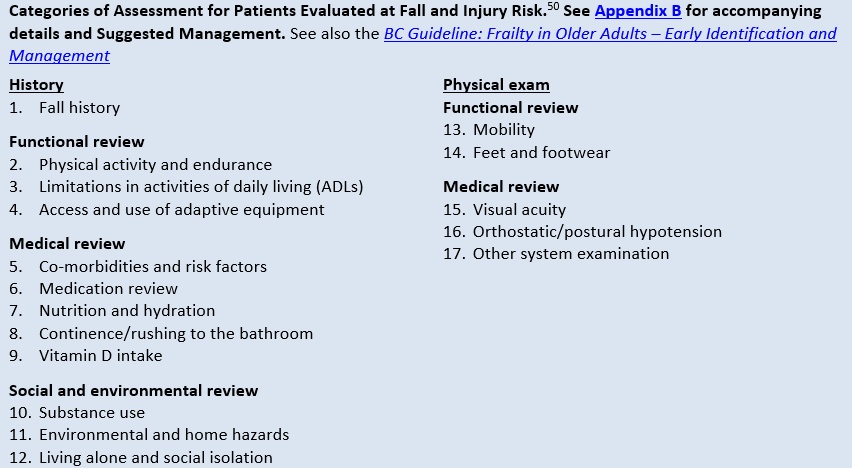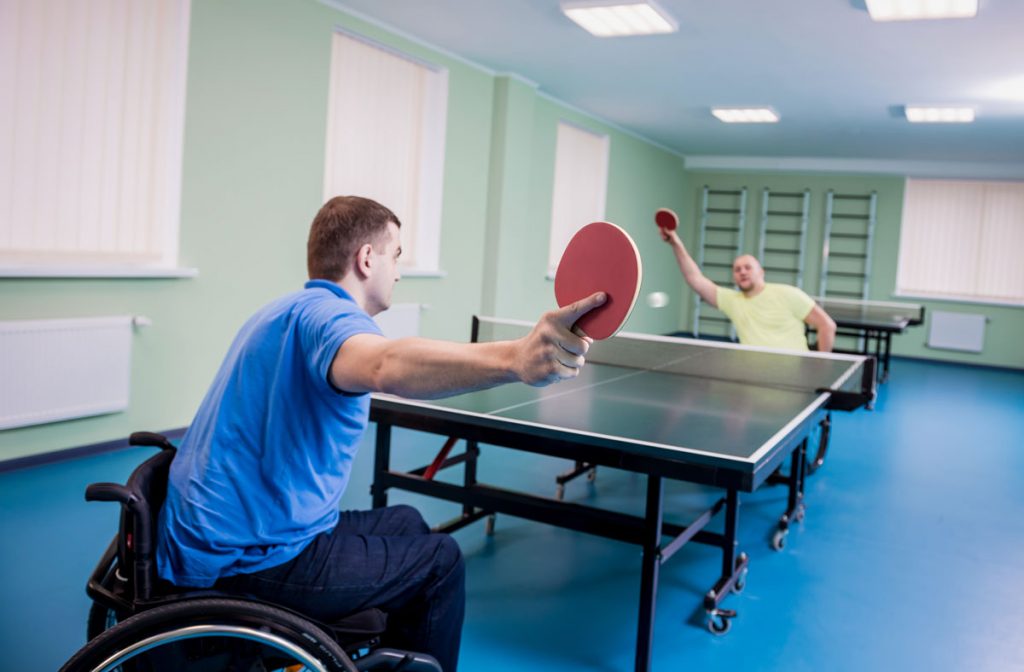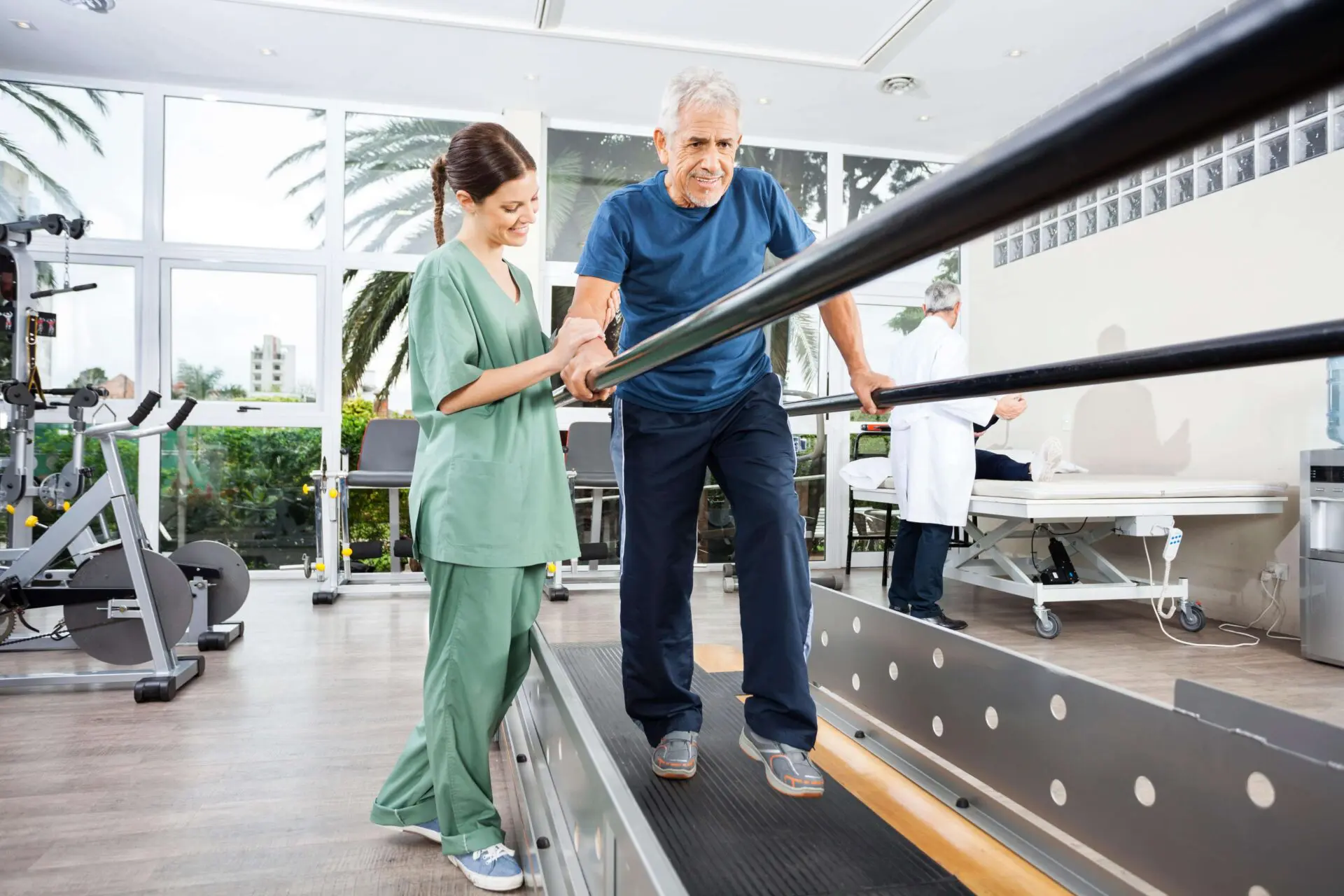The 30-Second Trick For Dementia Fall Risk
The 30-Second Trick For Dementia Fall Risk
Blog Article
What Does Dementia Fall Risk Do?
Table of ContentsUnknown Facts About Dementia Fall RiskA Biased View of Dementia Fall RiskExcitement About Dementia Fall RiskExamine This Report on Dementia Fall Risk
A loss threat evaluation checks to see just how likely it is that you will certainly fall. It is primarily done for older adults. The assessment normally consists of: This consists of a collection of inquiries concerning your overall wellness and if you've had previous falls or problems with equilibrium, standing, and/or walking. These tools evaluate your toughness, balance, and gait (the way you walk).STEADI includes screening, assessing, and intervention. Treatments are recommendations that may minimize your danger of falling. STEADI consists of three steps: you for your risk of succumbing to your risk aspects that can be improved to attempt to avoid falls (as an example, equilibrium troubles, damaged vision) to reduce your danger of falling by making use of efficient methods (for example, providing education and resources), you may be asked several questions including: Have you dropped in the previous year? Do you really feel unsteady when standing or walking? Are you bothered with dropping?, your company will evaluate your stamina, balance, and gait, using the following fall analysis tools: This examination checks your stride.
You'll sit down again. Your service provider will check how much time it takes you to do this. If it takes you 12 seconds or more, it may mean you are at greater threat for a loss. This test checks strength and balance. You'll being in a chair with your arms crossed over your upper body.
The placements will certainly get more challenging as you go. Stand with your feet side-by-side. Move one foot halfway onward, so the instep is touching the big toe of your other foot. Relocate one foot fully before the other, so the toes are touching the heel of your other foot.
The Best Guide To Dementia Fall Risk
A lot of falls take place as an outcome of several contributing factors; therefore, managing the risk of falling begins with identifying the aspects that add to drop danger - Dementia Fall Risk. A few of one of the most pertinent threat factors include: History of prior fallsChronic medical conditionsAcute illnessImpaired gait and equilibrium, lower extremity weaknessCognitive impairmentChanges in visionCertain high-risk medications and polypharmacyEnvironmental variables can likewise boost the danger for drops, including: Insufficient lightingUneven or harmed flooringWet or slippery floorsMissing or damaged hand rails and get hold of barsDamaged or poorly equipped equipment, such as beds, mobility devices, or walkersImproper use assistive devicesInadequate guidance of the individuals staying in the NF, including those who exhibit aggressive behaviorsA effective autumn danger management program needs a complete clinical analysis, with input from all members of the interdisciplinary group

The care strategy ought to also include treatments that are system-based, such as those that advertise a safe setting (suitable lighting, handrails, grab bars, and so on). The effectiveness of the treatments should be evaluated regularly, and the treatment strategy modified as needed to show modifications in the loss risk analysis. Executing an autumn risk administration system utilizing evidence-based finest method can reduce the prevalence of falls in the NF, while restricting the capacity for fall-related injuries.
Some Of Dementia Fall Risk
The AGS/BGS standard suggests evaluating all grownups aged 65 years and older for fall danger each year. This screening consists of asking clients whether they have dropped 2 or more times in the previous year or sought clinical attention for an autumn, or, if they have actually not fallen, whether they really feel unstable when strolling.
Individuals who have actually fallen when without injury needs to have their balance and gait examined; those with gait or equilibrium abnormalities must obtain extra evaluation. A history of 1 fall without injury and without stride or balance troubles does not call for more evaluation beyond continued yearly autumn threat screening. Dementia Fall Risk. A loss danger evaluation is called for as part of the Welcome to Medicare evaluation

The 5-Second Trick For Dementia Fall Risk
Documenting a drops history is one of the high quality indications for fall prevention and management. copyright drugs in particular are independent forecasters of go to the website falls.
Postural hypotension can usually be minimized by lowering the dose of blood pressurelowering drugs and/or stopping medicines that have orthostatic hypotension as a negative effects. Use of above-the-knee support tube and copulating the head of the bed boosted may likewise decrease postural reductions in blood pressure. The suggested elements of a fall-focused physical exam are received Box 1.

A TUG time above or equal to 12 seconds suggests high loss threat. The 30-Second Chair Stand examination analyzes reduced extremity toughness and equilibrium. Being unable to stand up from a chair of knee height without using one's arms shows increased fall danger. The 4-Stage Equilibrium examination assesses fixed equilibrium by having the client stand in 4 placements, each gradually extra challenging.
Report this page